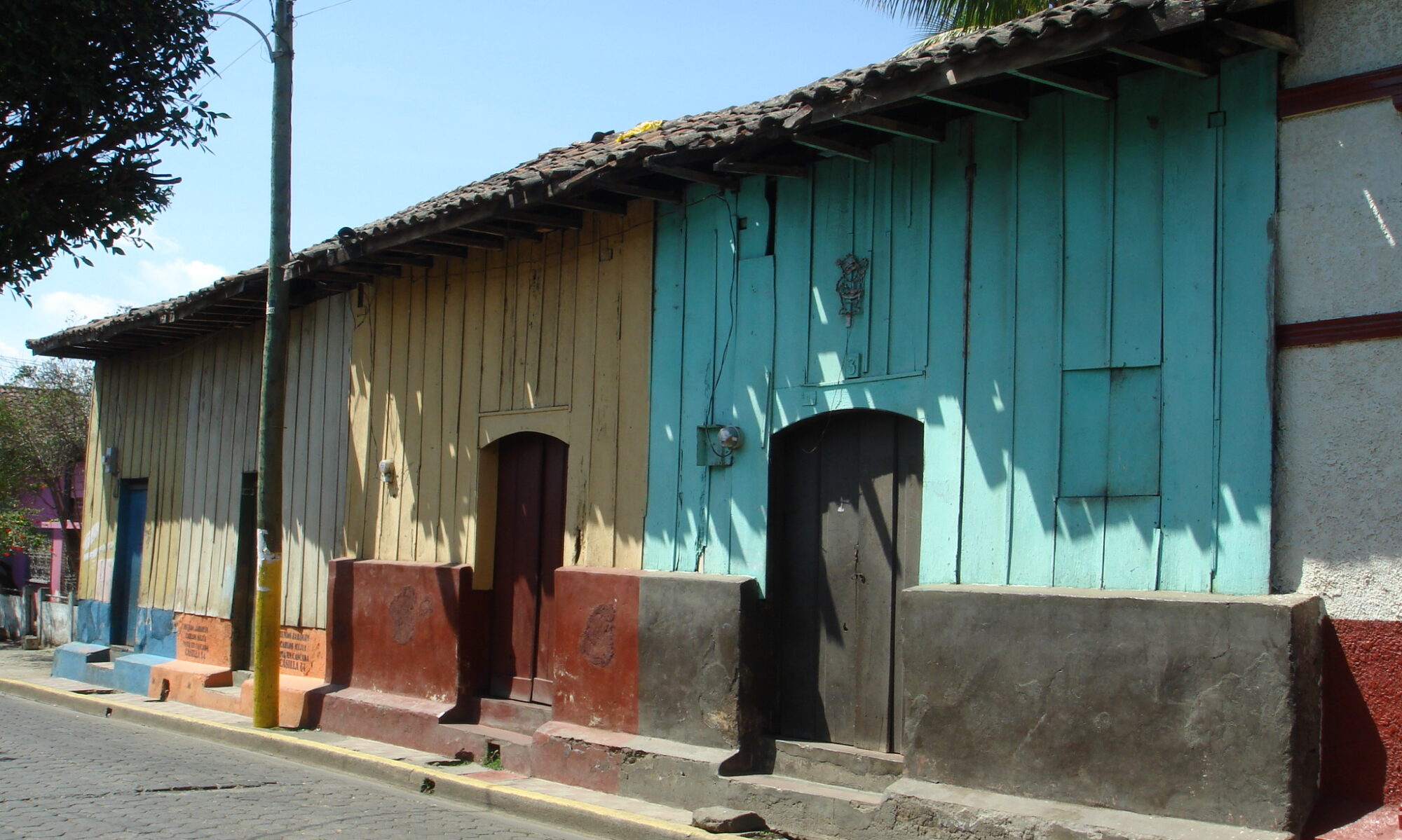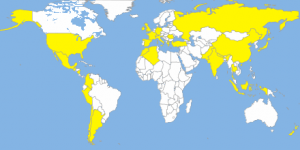This website contains data for and describes the collaboration between the World Housing Encyclopedia (WHE) project of the Earthquake Engineering Research Institute (EERI) and the International Association for Earthquake Engineering (IAEE) and the Prompt Assessment of Global Earthquakes for Response (PAGER) Project of the U.S. Geological Survey (USGS). The WHE Project is participating in an effort to understand and summarize worldwide construction types, building inventory and seismic vulnerability. The construction types and estimates of who lives and works in these buildings are being used in the development of a rapid post earthquake casualty estimation program, PAGER, at the USGS. The data will also enhance the housing stock distribution and vulnerability data for existing WHE housing reports for different countries.
This project has several phases:
| PHASE | SUMMARY OF WORK | TIME FRAME |
| Phase I | Expert opinion (empirical model) from individual countries, estimating vulnerability & inventory | April-December 2007 |
| Phase II | Workshop of international experts to decide on analytical approach. Experts then provided data for some major non-US construction classes. | May-December 2008 |
| Phase III | Based on expert evaluation of the data provided in Phase I at the May 2008 workshop, significant improvements have been made to the forms and instructions used to solicit expert opinion (the empirical model). Experts are being given a chance to revise their opinions (solicited in Phase I above) AND experts from new countries are being recruited, to round out this phase of the PAGER model.Identification of critically important non-HAZUS building typologies and the compilation of respective capacity curves and fragility functions within the analytical framework of HAZUS-MH | January-December 2009 |
| Phase IV | Earlier phases of this collaboration identified wide variation in the capacity curves provided by different researchers for similar structure types. It was thus decided that the core of the work in Phase IV should concentrate on understanding these discrepancies. To that end, five groups of modellers (that had already contributed to Phase III) agreed to exchange the structural model and vulnerability data on construction typologies that were derived by each of them separately in the previous phase and to perform vulnerability analyses (using their own procedures) on data provided by the other groups. Capacity and fragility curves were developed for concrete and masonry buildings that do not comply with the HAZUS typologies, either because they are not designed to code standards or because the construction details substantially differ from U.S. code provisions. | January-December 2011 |
Over time, the WHE expects these estimates to become more accurate, for more experts to provide data on capacity curves and fragility functions and for researchers and others to come to view these summary estimates and curves as credible sources of comparable, internally consistent global data.
The Final Report on Phase I, II & III is available here.
The Final Report on Phase IV is available here


